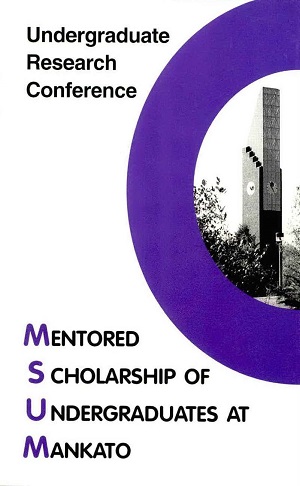Linguistic Differences in Multiple Tellings of a Story
Location
CSU
Student's Major
Speech, Hearing, and Rehabilitation Services
Student's College
Allied Health and Nursing
Mentor's Name
Patricia Hargrove
Mentor's Department
Speech, Hearing, and Rehabilitation Services
Mentor's College
Allied Health and Nursing
Description
"Frog Where Are You," a pictureless storybook, is frequently used to assess the language of children by Speech-Language Pathologists. The typical strategy involves having the children tell the story two times. The first telling is practice, and the second serves as the basis for the language analysis. The purpose of this research is to determine if there is a significant difference between the language samples produced in two readings. Language samples from twelve children with a specific genetic syndrome have been elicited using the "Frog Where Are You?" protocol. This research will compare the first and second tellings of the story in a variety of linguistic behaviors, including Mean Length of Utterances, Mazing, and production of selected morphemes. The results have clinical applications and address the need to have multiple story tellings.
Linguistic Differences in Multiple Tellings of a Story
CSU
"Frog Where Are You," a pictureless storybook, is frequently used to assess the language of children by Speech-Language Pathologists. The typical strategy involves having the children tell the story two times. The first telling is practice, and the second serves as the basis for the language analysis. The purpose of this research is to determine if there is a significant difference between the language samples produced in two readings. Language samples from twelve children with a specific genetic syndrome have been elicited using the "Frog Where Are You?" protocol. This research will compare the first and second tellings of the story in a variety of linguistic behaviors, including Mean Length of Utterances, Mazing, and production of selected morphemes. The results have clinical applications and address the need to have multiple story tellings.




